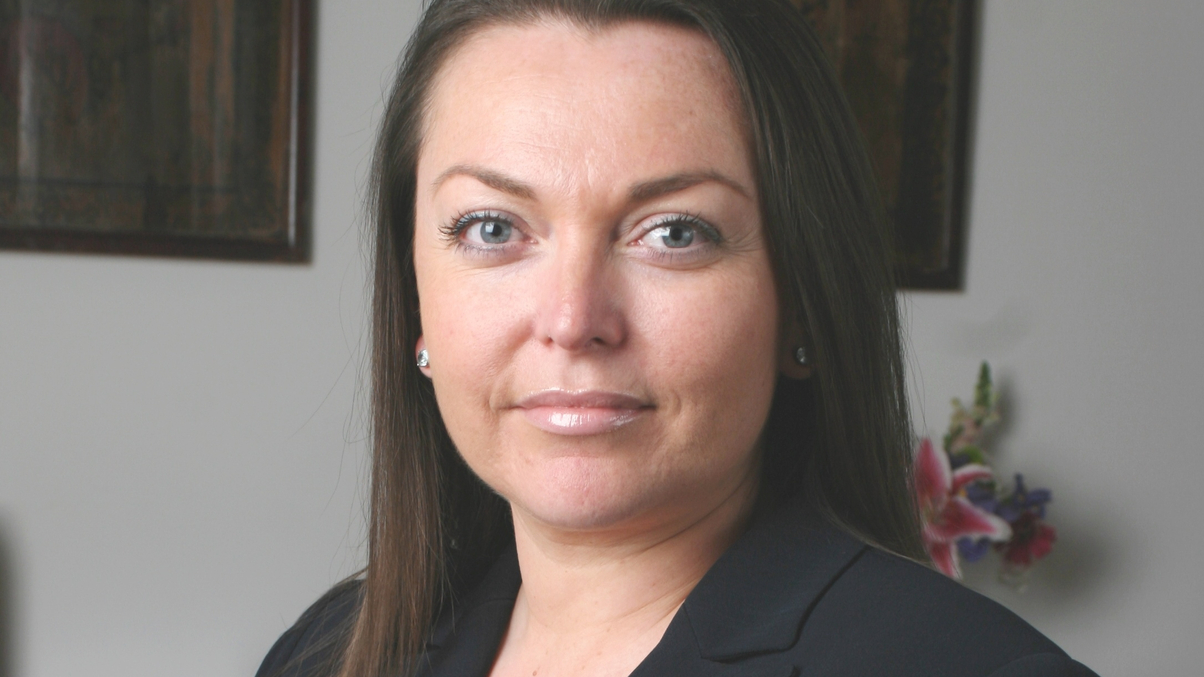Joanne Murphy is still Queen Bee of alternatives
International woman of influence Joanne Murphy of Triple A Partners talks about today’s alternatives markets.

The winner of AsianInvestor's online poll last week ‘Who is
Sign In to Your Account
Access Exclusive AsianInvestor Content!
Please sign in to your subscription to unlock full access to our premium AI resources.
Free Registration & 7-Day Trial
Register now to enjoy a 7-day free trial—no registration fees required. Click the link to get started.
Note: This free trial is a one-time offer.
¬ Haymarket Media Limited. All rights reserved.


